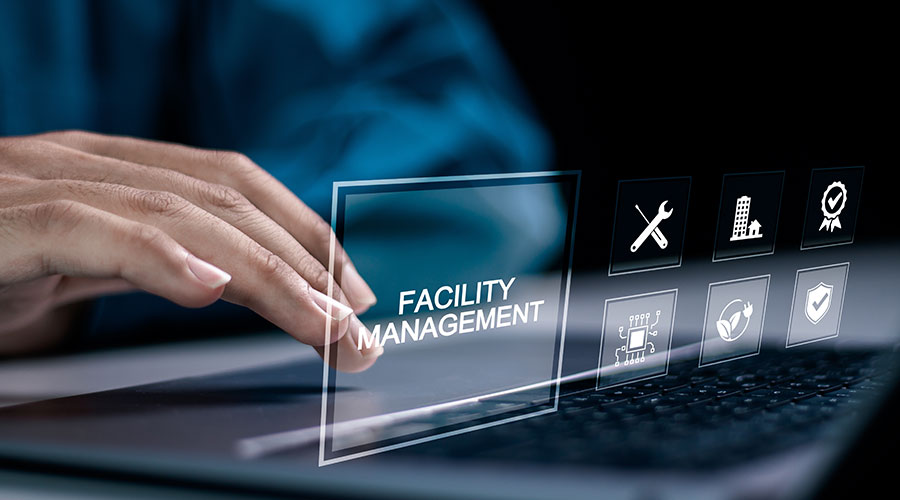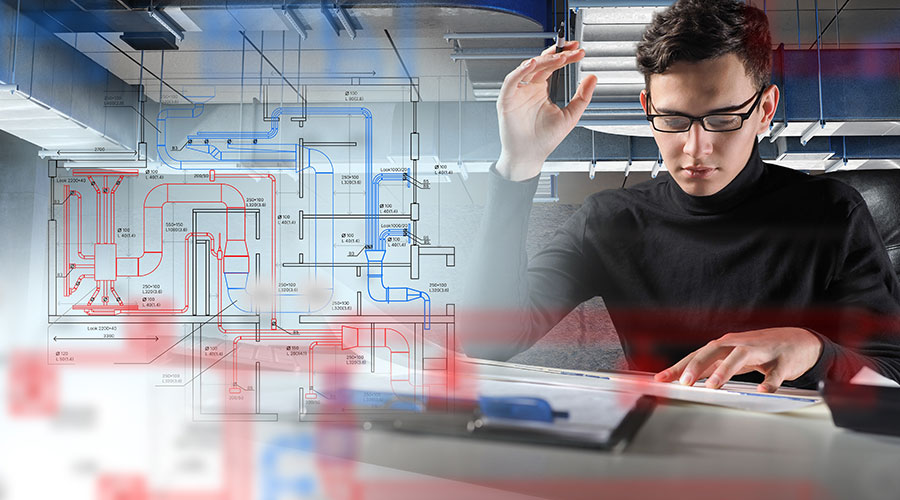Creating Healthy Plumbing Systems
August 25, 2014
Typical plumbing concerns for all facilities include repairing toilet, sink and shower; maintaining piping systems throughout the facility for air, water, and gas; keeping drain systems and waste-water lines open and operating properly; and maintaining sprinkler systems, heads, valves, and other fire-safety equipment. Keeping up with new regulatory requirements, such as updates to the Americans with Disabilities Act is also a concern.
Health care and non-health care facilities alike must address measures to conserve water. From both environmental and economic perspectives, it makes good sense to keep an eye on water consumption. An up-to-date and efficient plumbing system can help make conservation a reality.
On the other hand, it is well known that the sanitary requirements for hospital environments are much more demanding than those of most non-hospital environments. What is not as well known is that some hospital bacteria strains tend to be more resistant in both level and spectra to antibiotics and bacteriostatic and bactericidal concentrations of antiseptics and disinfectants.
Tests revealed in one instance that a hospital bacterial strain had a marked resistance to 3-5 drugs, while a form of the same bacteria found in non-hospital environments was resistant to only one or two drugs. In such cases, hospitals are challenged to specify and effectively use a range of more concentrated organic and non-organic cleaning chemicals, antiseptics and disinfectants than non-hospital environments, and they must use them more often.
Next
Read next on FacilitiesNet







